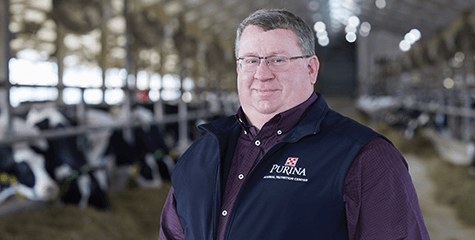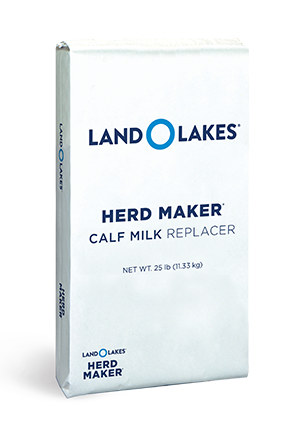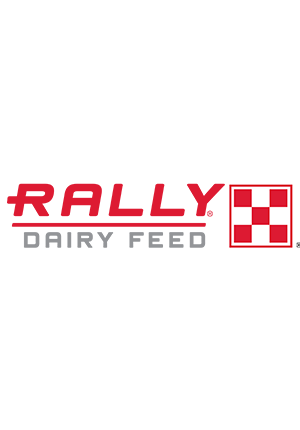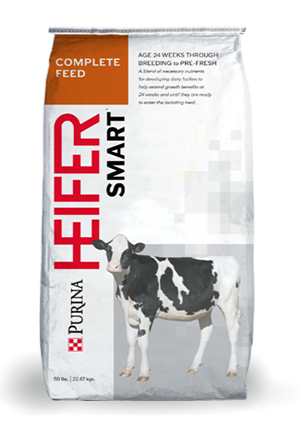
Breeding Heifers by Size: Three Common Questions
Heifer : Heifer Management
The goal of breeding heifers is to ensure they enter the dairy herd in a timely manner. It’s key to your bottom line. In fact, research shows that for each month age-at-first-calving is delayed (beyond 22 months), costs increase approximately $100 per animal.1
At $100 per month per animal, you can’t afford not to look at breeding heifers by size versus age. Breeding by size could move your age-at-first-calving from 24 months to 22 months and save you a few hundred dollars.
Here are answers to three common questions you might ask about breeding heifers by size versus age:
Why should I be breeding heifers by weight and not age?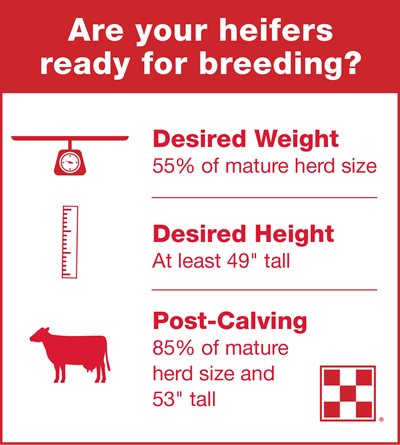
When it comes to breeding heifers, the first question many ask is, “How old should a heifer be to breed?” Many dairy heifers are still bred by age, even though they could easily be bred two to three months sooner based on size.
And, those two to three months could make a difference.
How do I breed dairy heifers by size?
The following are size benchmarks to consider when breeding heifers:- Calculate the average weight of the mature animals in the herd (third lactation or higher). Breed heifers when they weigh 55 percent of the mature herd size.
- A heifer’s wither height should be at least 49 inches tall (Holsteins) at breeding to ensure proper frame size at time of calving.
- Heifers post-calving should weigh around 85 percent of mature herd size and reach at least 53 to 54 inches tall (Holsteins) at the withers.
How many replacement heifers do I need?
When breeding heifers by size, an overflow of replacement heifers is possible. How many is enough?Here’s an example: A 100-cow dairy farm with a 35 percent annual cull rate would only need 70 total heifers to maintain herd size if the age-at-first-calving is 24 months. However, if the age-at-first-calving is dropped to 22 months, the same herd would only need 64 heifers.
Feeding a full potential diet can help dairy heifers reach breeding size sooner by providing the right nutrients at the right time. A full potential diet can help dairy heifers enter the lactating herd sooner and produce more milk.*
Overall, breeding heifers by size can mean lower rearing costs, better first lactation animals and increased opportunities for voluntary culling. All of these factors add up to a faster return on investment.
Learn how to set your heifers up for success from day one.
*Purina Animal Nutrition is dedicated to producing the highest quality animal feeds and supplements. Due to influence outside of Purina Animal Nutrition’s controls, results to be obtained, such as financial performance, animal condition, health or performance cannot be predicted or guaranteed by Purina Animal Nutrition.
1 Lormore, Mike. The case for a quality dairy replacement program. 2005. In Proceedings from Dairy Calves and Heifers: Integrating Biology and Management Conference.

